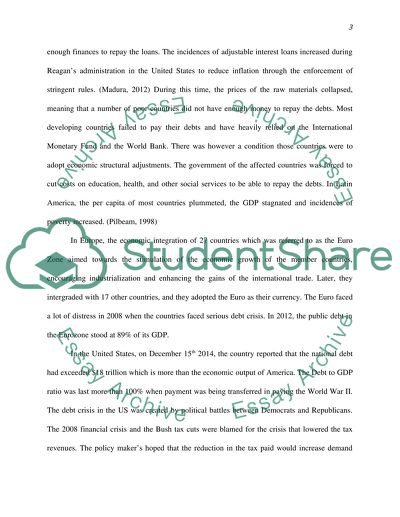Cite this document
(“The international debt crisis-causes, consequences, and remedies Research Paper”, n.d.)
Retrieved from https://studentshare.org/finance-accounting/1691155-the-international-debt-crisis-causes-consequences-and-remedies
Retrieved from https://studentshare.org/finance-accounting/1691155-the-international-debt-crisis-causes-consequences-and-remedies
(The International Debt Crisis-Causes, Consequences, and Remedies Research Paper)
https://studentshare.org/finance-accounting/1691155-the-international-debt-crisis-causes-consequences-and-remedies.
https://studentshare.org/finance-accounting/1691155-the-international-debt-crisis-causes-consequences-and-remedies.
“The International Debt Crisis-Causes, Consequences, and Remedies Research Paper”, n.d. https://studentshare.org/finance-accounting/1691155-the-international-debt-crisis-causes-consequences-and-remedies.


